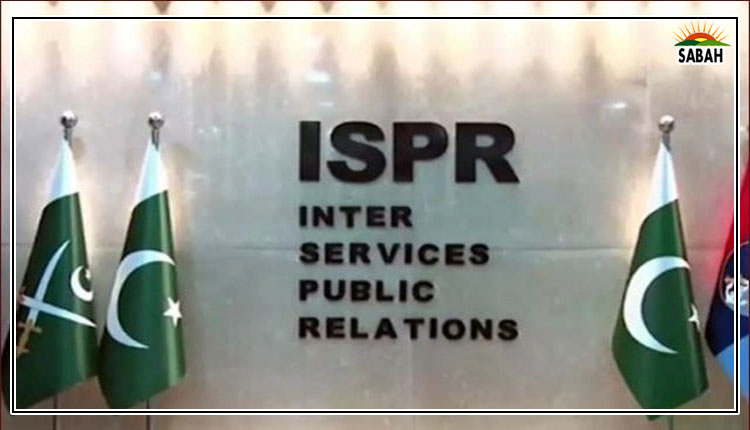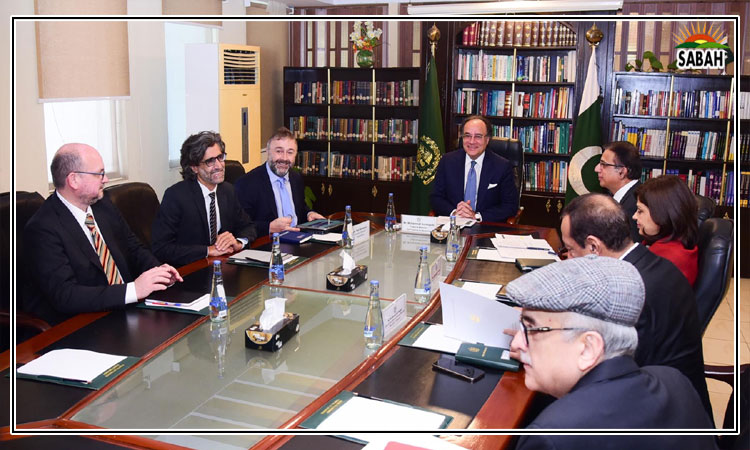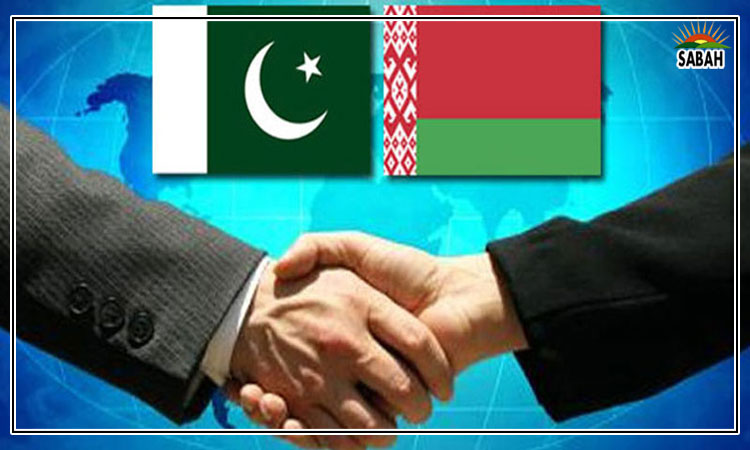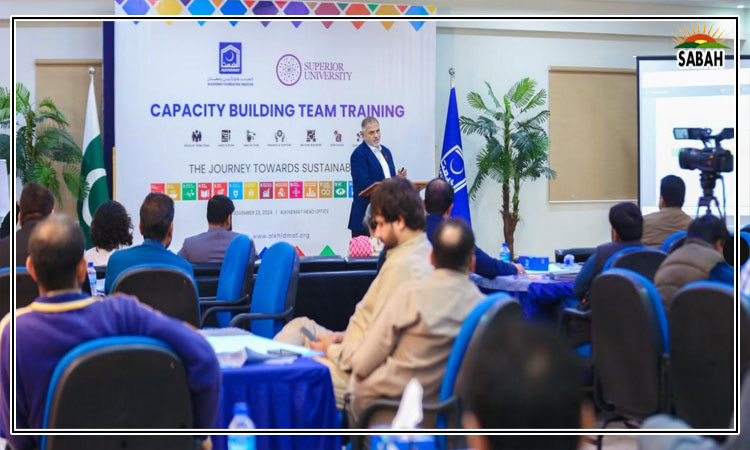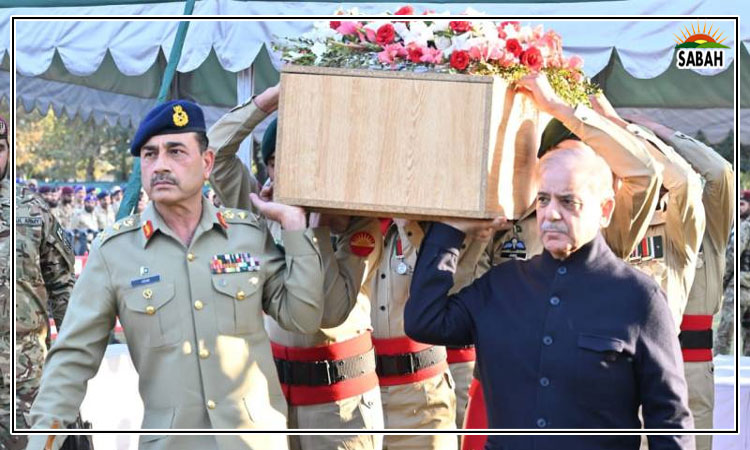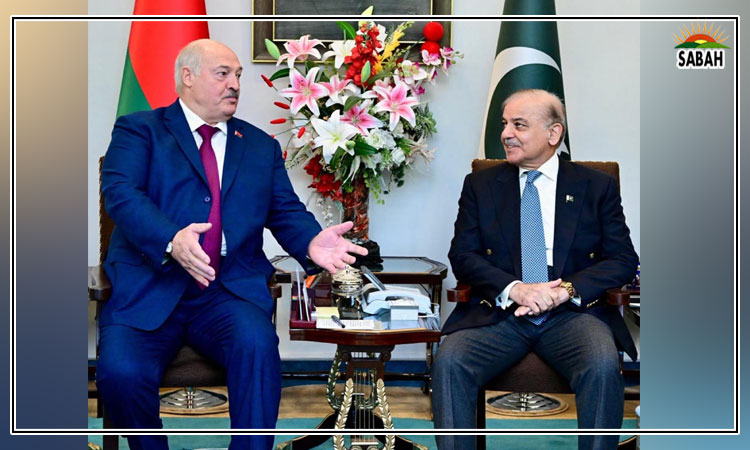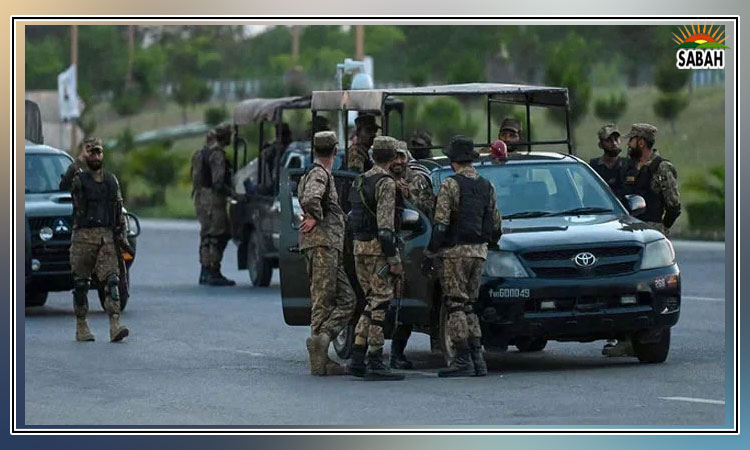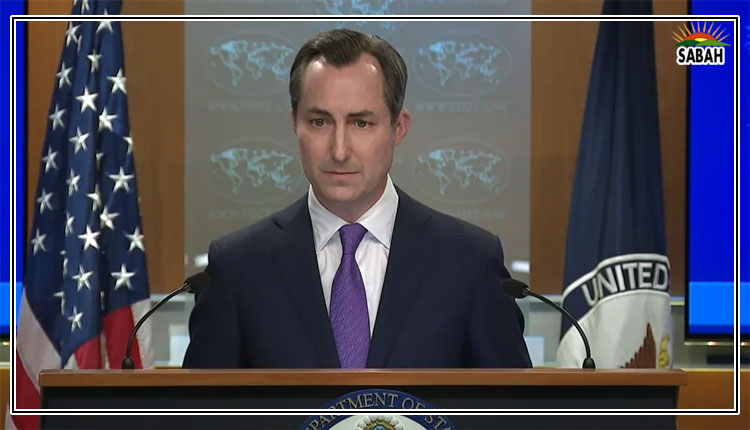Save our snow…Aisha Khan
THE first Inter-Polar conference held in Kathmandu from Sept 6-8, organised by the International Centre for Integrated Mountain Development (ICIMOD) and the University of Lapland, Finland, marks a milestone moment in cryospheric collaboration between the Arctic and the Third Pole. The two poles seemingly divided by a vast distance have much to learn from each other. The similarities include direct impacts of cryospheric disturbances on countries that live around frozen spaces and rely on its cyclic melting pattern. The differences are divided along socio-economic lines with Arctic countries falling in the Globe North and the Third Pole countries in the Global South. Crisis in the cryosphere spans across mountains to the coast, with everything else in between collateral damage. This arc of vulnerability covers a large area where climate forcing could trigger the collapse of everything within planetary boundaries till the Earth stabilises in a new state.
With a total population of 205 million and an average GDP of $3.16 trillion, the Arctic countries are better equipped to cope with crises. Third Pole countries constitute three billion in numbers with an average GDP of $2.039tr. This makes Arctic per capita $15,400 and Third Pole per capita $679. If the economies of China and India are removed from the risk calculus, it increases the vulnerability of the remaining countries.
While the overarching global ambition is to keep temperatures within the safe threshold of 1.5 degrees Celsius, the issue is not as linear as it seems. It requires taking into account the many complexities related to moral and ethical approaches with regard to lives, livelihoods, rights of indigenous communities, international law and governance.
The changing geopolitical landscape is now also affecting cooperation between the Arctic countries due to the war in Ukraine. The Third Pole has long suffered from lack of cooperation as a result of trust deficit between some countries. However, a rapidly warming world is now turning business as usual into a high-risk proposition with the potential of irreversible harm. Militarisation in the cryosphere is expanding warfare to fragile ecosystems and contributing to the triple planetary crisis of climate change, biodiversity loss and pollution.
There are alternative pathways to avert danger.
The dynamics of a warming world and its associated risks make it necessary to include discussion on regime of spatial governance and its direct and indirect impacts on life on Earth.
As the Third Pole grapples with climate change, it is very important to be informed by science before making future political, social and economic decisions. The projections of growth and aspirations for development are built on certain constants in the feedback loop for countries to plot a graduated upward trajectory. The uncertainty of the rapidly changing climate regime with dire projected scenarios and only references to future untested technologies for carbon capture, make it imperative to use available options to minimise impact. It would be foolhardy to walk knowingly into a trap when there are alternative pathways to avert danger.
The 2019 melting of the Greenland ice is a case in point. The sudden loss of 532 billion tons of ice resulted in a permanent sea level rise of 1.5 millimetres. The scenario of a total meltdown, albeit estimated to take place in 1,000 years, is a stark reminder of how quickly change can happen.
The over-the-horizon connection between the Arctic and the Himalaya, Karakoram and Hindu Kush cryosphere has opened a new window of opportunity for cooperation between the two poles. As South Asia braces itself for warming, it has lessons to learn from the Arctic and knowledge to share from the Third Pole. The intersection of perspectives is the first step in forging alliances and broadening breadth of vision. At ICIMOD, all regional countries work in seamless harmony with each other to conduct research that provides critical information on current and future trends. Ignoring evidence-based information and not using resilience recommendations could be fatal and unravel development targets achieved so far. The collapse of the cryosphere can mean the end of the world as we know it.
The most important component of adaptation is anticipating threat and taking preventive action before the event. In seizing this moment of change and using adversity as an opportunity we must make intelligent choices and invest in planetary security. One can only hope that the first inter-polar conference is a precursor to many more that progressively helps in increasing the bandwidth on a frozen subject that needs a thaw in the conversation.
Courtesy Dawn



